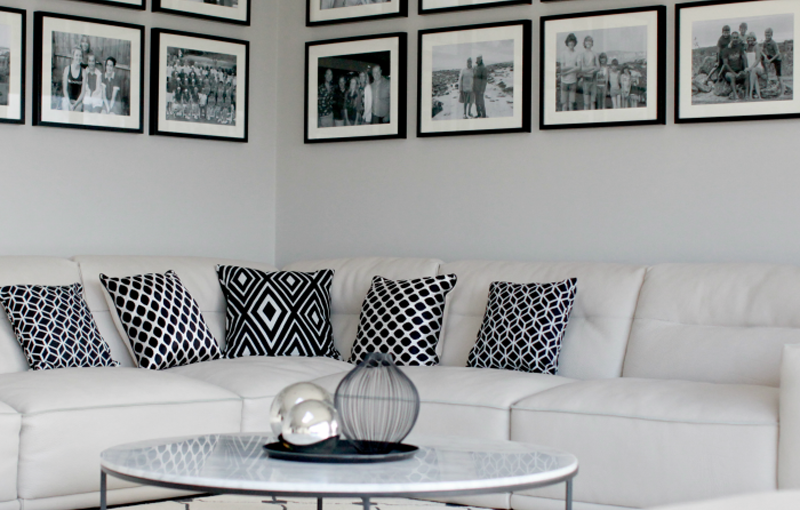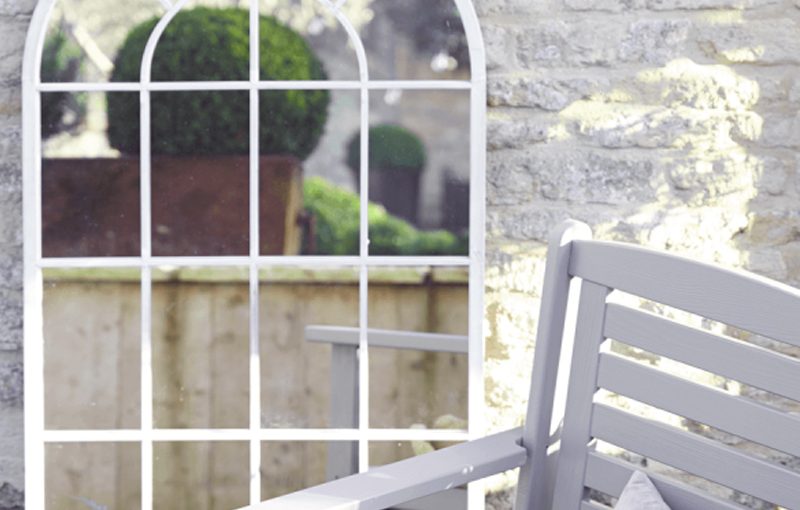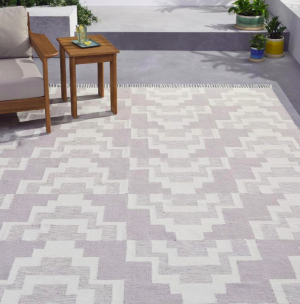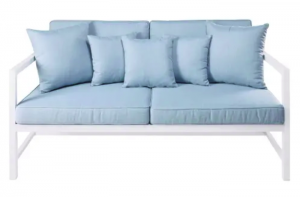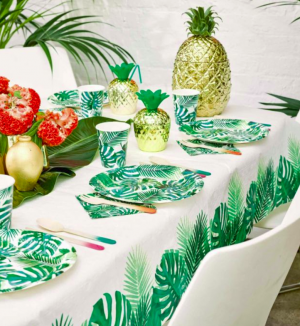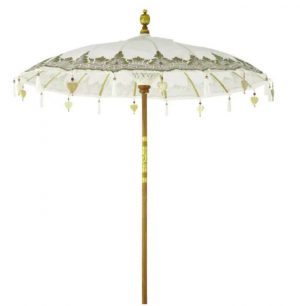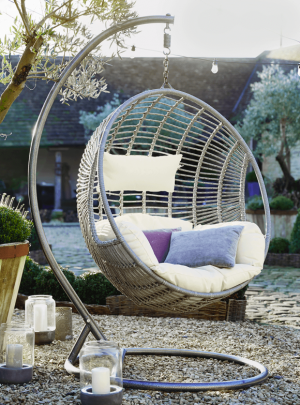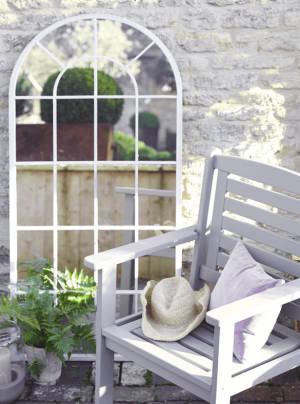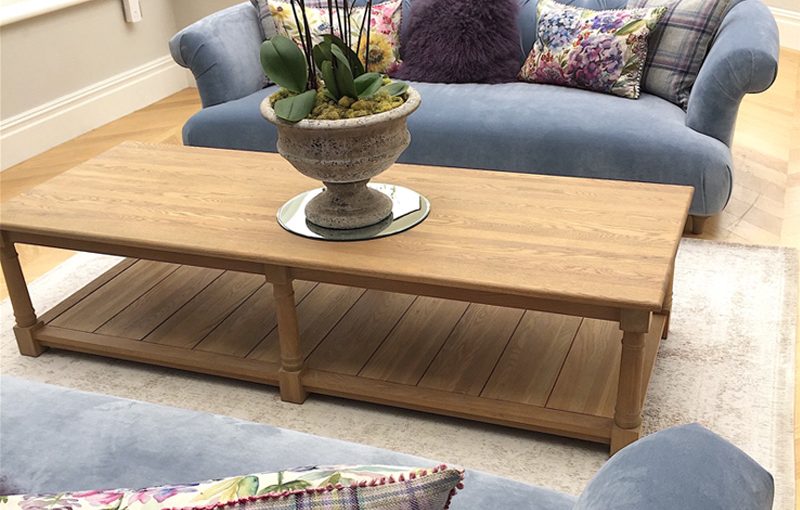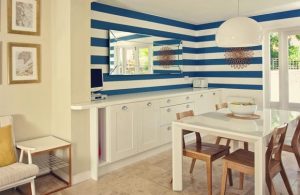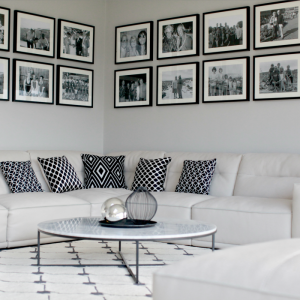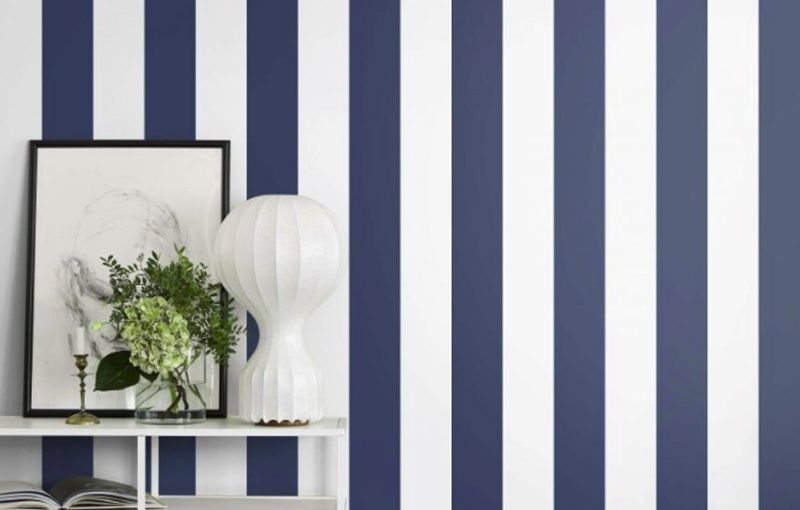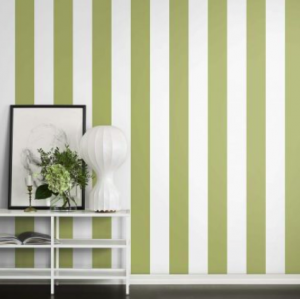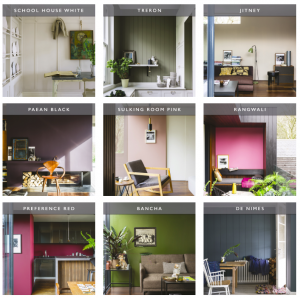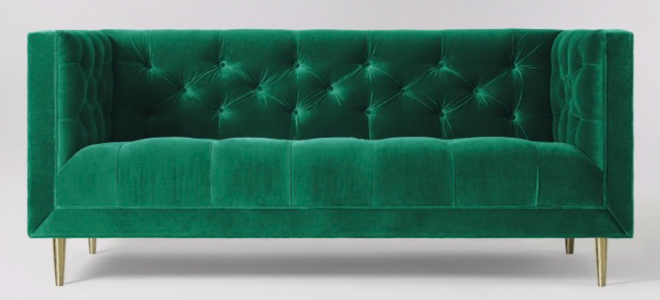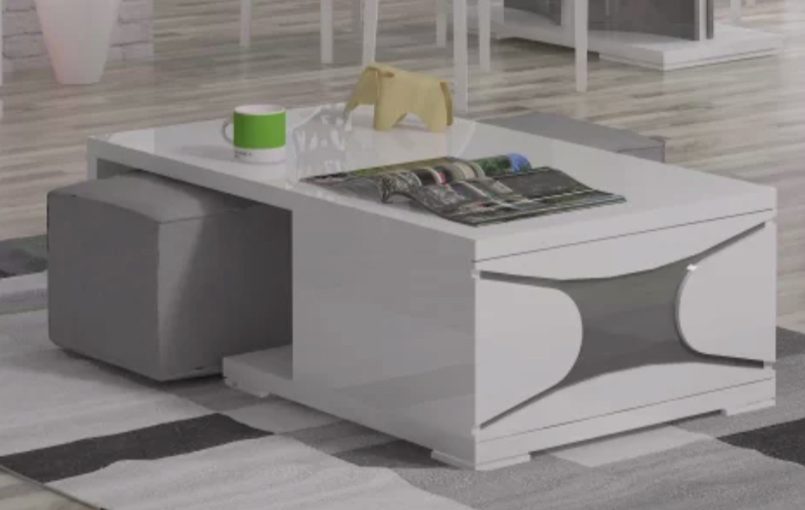Interior design is about making the best possible use of available space, and adding style and personality. Design can work with any budget, and if you haven’t got a lot to splurge there are savvy ways to make the most of every single item in your home. We are going to guide you on where to invest and where to save.
Invest
Manage your budget, and decide on key pieces that are vital and that deserve investment.
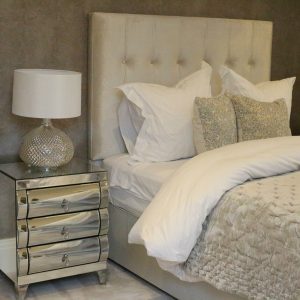
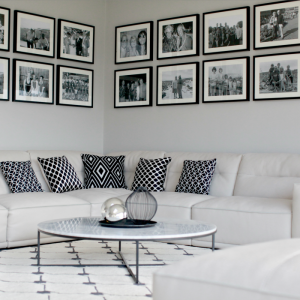
Sofas and beds are where you spend the most time, and their comfort is vital. Choose wisely, and spend as much as you can on these items because they will last the test of time.
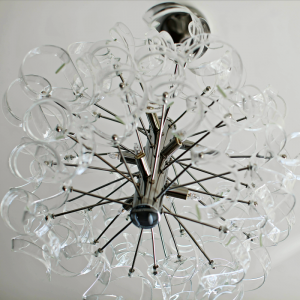
Statement lighting always adds a wow factor to any room and every home. A careful choice of lighting means that a room can evolve and change around it, without it becoming dated.
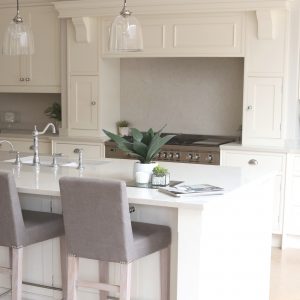

Kitchens and bathrooms feature high in the list of frequently used rooms, and they are key areas for investment in your home. Opting for timeless, neutral finishes give you a solid, long-lasting foundation of each room. Energise the units and furniture with accessories, wallpaper, lighting and art. These are things that can be easily and affordably changed, but can change the style of a room dramatically.
Save
Whatever your budget, there are areas where you can save without compromising the finished project.
- You can save on accent chairs and occasional pieces. These don’t get the day to day wear and tear that key items, like a sofa, will. This means that comfort and quality aren’t as big an issue and you can choose lower budget items.
- When choosing things that are overly trend-led, think about how long the trend will last. The budget you allocate for an on-trend finish needs to be proportional to the amount of time the trend will last. A seasonal finish, for example, will only last a few months before you look to change it.
- There are rooms and furniture in your home that will be most heavily hit by wear and tear. Hallway wallpaper, rugs, kitchen dining chairs, playroom furniture; all things that are likely to get damaged through everyday use. Choose lower budget items that won’t break your heart when they do get damaged, and don’t break the bank when you, frequently, need to repair or replace them.
Re-Use
Upcycling furniture is the perfect way to be cost-effective, and allows you to hang on to heirlooms and loved pieces but giving them an up to date twist.
- Re-upholstering is an easy way to breathe new life into old furniture. This is a great option where smaller areas of fabric are needed, such as headboards, dining chairs and ottomans. Larger items or fabric areas may be uneconomical to change, however you may be able to re-purpose an item instead.
- ‘Orange’ pine furniture can look outdated, but this is easily remedied by giving them a whitewash or coast of chalk paint which will give a much more contemporary look.
- Changing the handles can transform the look of a piece –a simple white Ikea wooden unit can be transformed by gold/colourful or jewelled handles.
For more hints and tips for your interior design ideas, follow us on Facebook.
October 2019
